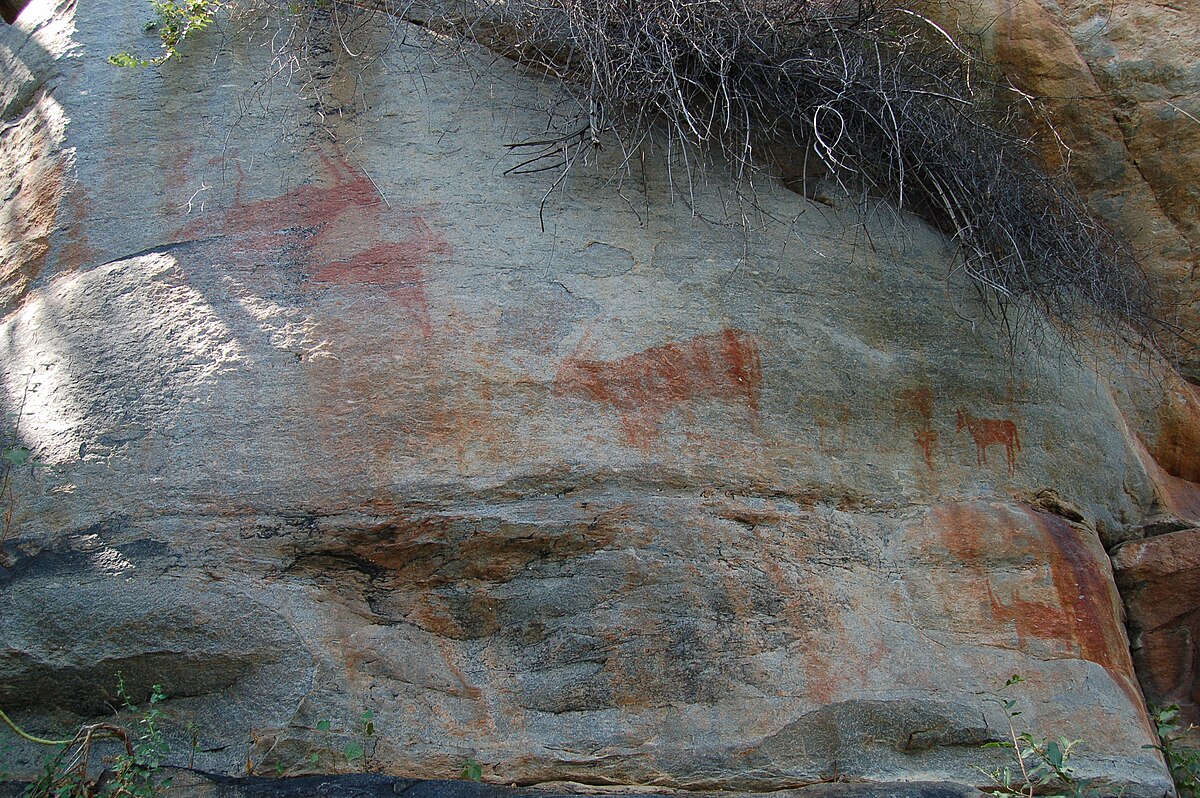Rock art preservation is of great interest to scientists, historians, and artists who work to better understand the past of how others lived. The art depictions created on a rock, reveal and reflect what was present in peoples lives at the time. The images often show what they may have valued, the roles that men and women played, the animals and wildlife that existed and each show uniquely inscribed artwork.  By Joachim Huber – originally posted to Flickr as Tsodilo Hills, Botswana, CC BY-SA 2.0, Link
By Joachim Huber – originally posted to Flickr as Tsodilo Hills, Botswana, CC BY-SA 2.0, Link
Africanrockart.org
An organization working to preserve and conserve rock art within Africa. Africa has a number of rock art sites in different countries. They are diverse in style and technique. On the site, you are able to see some of the rock images from the different countries, as well as the background on how and why the organization started; along with those involved in gathering, surveying and protecting sites. The British Museum has collaborated with the organization and has an extensive digital image project on African rock art. It’s interesting to read the meaning of the images, the study, and fieldwork that is carried out to catalog and date the fossil finds. The advancements made in technology have also helped to improve scientific research and the dating process. A fun immersive feature the museum offers, is a virtual reality tour of a rock art site.
World Heritage Sites protected by UNESCO: “Natural heritage is both irreplaceable sources of life and inspiration.”
Several rock art sites in different countries have been designated as protected areas. The sites are valued and preserved for historical knowledge and artistic design; allowing us to imagine and piece together some of the past and enjoy in the present.
